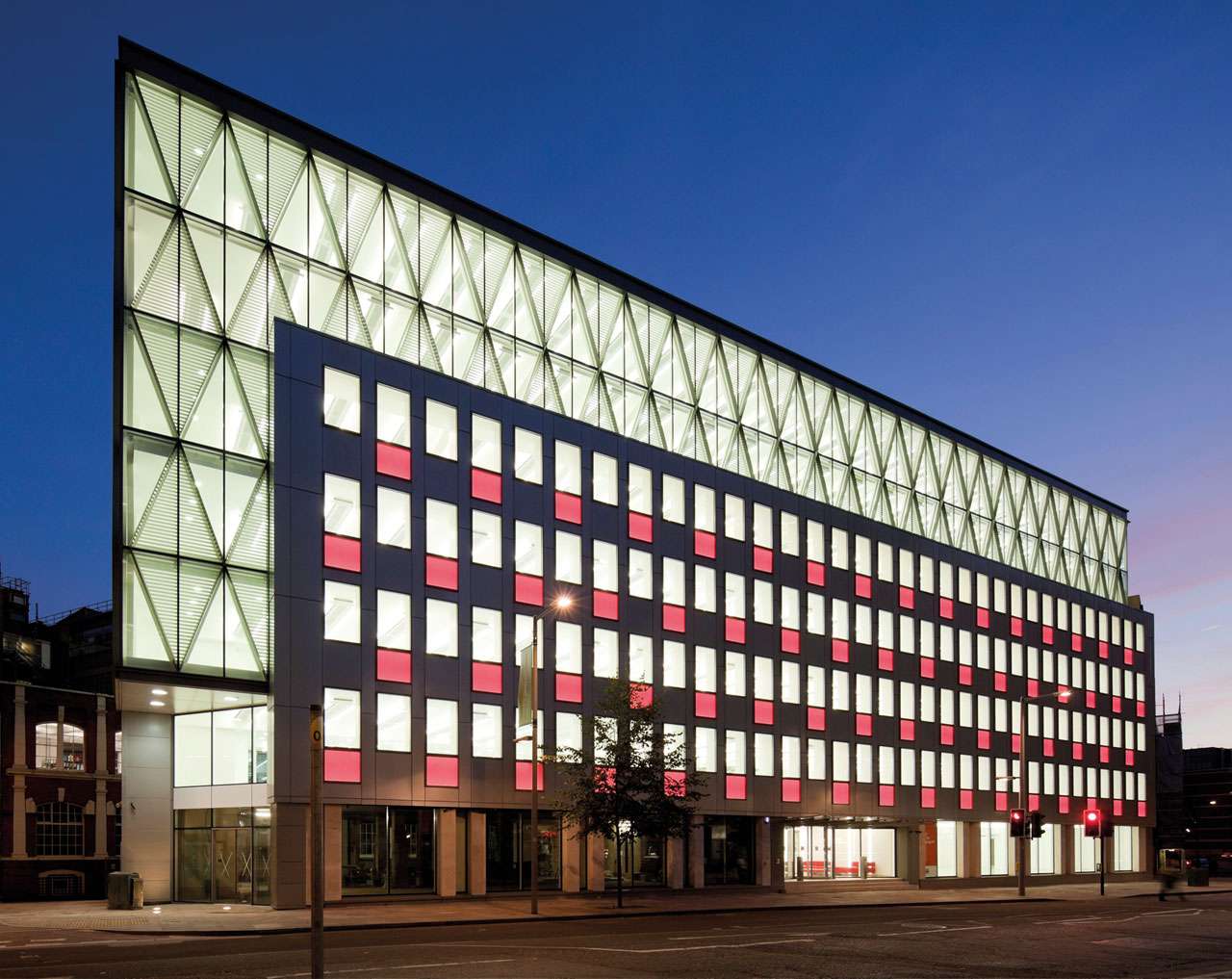The Smart Airport 4.0 Vision for 2027 is set to transform Delhi’s International Airport into one of the most advanced and integrated smart airport cities in the world. This ambitious project aims to integrate and upgrade all three terminals of the airport, along with 1327 acres of landside, which includes 295 acres of Aerocity development. The initiative, driven by a blend of technological innovation and sustainability, will create a state-of-the-art infrastructure that caters to the growing demands of air travel while improving operational efficiency and enhancing passenger experience.
A Vision for the Future of Aviation
The Smart Airport 4.0 project is anchored on a forward-thinking vision that seeks to make the airport not just a transit hub but a fully integrated “smart city” that operates efficiently through digital innovation. By 2027, Delhi will be home to a smart airport that is powered by cutting-edge technologies, improving every facet of the airport’s operations, from passenger experience to energy management.
This transformation will involve extensive upgrades across all three terminals of the airport, ensuring that each aspect of the facility, from check-in to baggage claim, is optimized for seamless operation. The goal is to bridge the digital divide between sectors, while implementing a holistic framework that improves customer experience and enhances operational efficiency through real-time monitoring, control, and optimization.
Bridging the Digital Divide
One of the key principles of the Smart Airport 4.0 vision is bridging the digital divide between various airport functions and sectors. The development will integrate cutting-edge technologies like AI, IoT, and Big Data to automate and optimize airport operations, ensuring smoother transitions for both passengers and airlines.
Key initiatives under this vision will include:
- Digitalized passenger flow management: With the integration of AI-powered systems to manage crowd flow, automate check-in processes, and streamline security checks, passengers will experience a faster, more convenient journey.
- Integrated communication platforms: Digital signage and mobile applications will provide real-time information on flight status, wayfinding, and personalized services, helping passengers navigate through the airport with ease.
Enhancing Customer Experience
Improving the overall customer experience is central to the Smart Airport 4.0 vision. The project will focus on creating a frictionless experience for travelers by leveraging technology to reduce waiting times, simplify processes, and make airports more enjoyable spaces. For example:
- Contactless technologies will be implemented for check-ins, security procedures, and boarding, ensuring safer and quicker transitions for passengers.
- Personalized services using data analytics will help customize the airport experience, from food recommendations to personalized lounge access, based on individual preferences.
- The integration of smart utilities and asset management frameworks for energy, water, and security management will also enhance the comfort and safety of passengers.
Sustainability and Smart Green Initiatives
The project also places a strong emphasis on sustainability. The Smart Airport 4.0 will be a green initiative, supporting the Smart Green Initiative that focuses on minimizing environmental impact and promoting climate resilience. Key features of this aspect include:
- Energy-efficient systems: The airport will leverage renewable energy sources, smart lighting systems, and energy management tools to optimize power consumption and reduce carbon emissions.
- Water management: Smart sensors and water-recycling technologies will ensure sustainable usage and conservation of water resources.
- Climate resilience: The design of the smart airport will prioritize resilience against climate change by incorporating sustainable materials, green infrastructure, and eco-friendly building practices.
Integration of Smart Utilities and Asset Management
A pivotal component of the Smart Airport City concept is the integration of smart utilities and an asset management framework. The vision aims to use IoT sensors and real-time monitoring systems to manage critical resources such as energy, water, and security. This will not only streamline airport operations but also improve resource efficiency, enabling the airport to function with minimal waste and optimized performance.
- Energy management systems will monitor consumption in real-time, making adjustments to optimize lighting, air conditioning, and other infrastructure to reduce waste.
- Water management systems will ensure that the airport uses water efficiently, with smart irrigation and water recycling methods integrated into the landscape and facilities.
- Smart security systems will ensure the safety of passengers and staff, incorporating AI-driven surveillance, biometric authentication, and automated monitoring systems.
Creating a Smart Airport Ecosystem
Beyond the terminals and landside infrastructure, the development will include the creation of an entire airport city that integrates seamlessly with the surrounding community. Aerocity, a key part of the project, will become a thriving business and hospitality hub with smart office spaces, hotels, and recreational facilities. This interconnected development will foster a sustainable environment for businesses, tourism, and commercial activities, creating a vibrant and economically productive ecosystem.
A Step Towards the Future
The Smart Airport 4.0 vision for 2027 is more than just a project—it represents the future of aviation infrastructure. With its focus on digital transformation, sustainability, and innovative technologies, this development will redefine what it means to be a smart city. The integration of smart systems, customer-centric design, and a commitment to sustainability will position Delhi as a global leader in airport innovation.
As the project progresses toward completion, the Smart Airport City will not only cater to the immediate needs of travelers but also serve as a model for future airports worldwide, providing a seamless, efficient, and environmentally responsible travel experience. With the 2027 target on the horizon, Delhi is poised to become a smart airport hub that enhances connectivity, boosts efficiency, and provides passengers with an unmatched airport experience.



